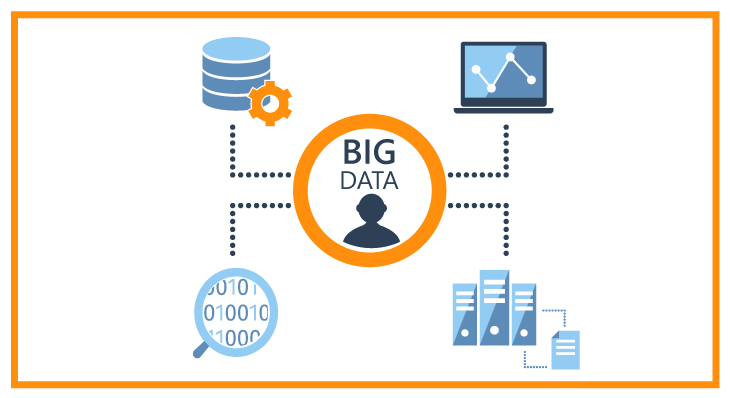
Data is often referred to as the ‘new’ oil—after all, it’s one of the world’s most valuable resources. But, unlike oil, we’re never going to run out of data. Indeed, we’re exponentially producing more of it. So why don’t we have better insights?
Like oil, data needs to be refined in order to be useful. Raw data is refined into predictions and actionable insights just as crude oil is refined into gasoline, kerosene and diesel fuel. We’re already doing this with analytics and business intelligence (A&BI) platforms—but those platforms are evolving to deal with the continuous growth of massive, complex data sets.
While these platforms allow users to interact with data through visualization, “preparing data, analyzing data and sharing findings remain largely manual, highly skilled, lengthy and bias-prone processes,” according to a recent Gartner Trend Insight report. “Business people still struggle to know which insights to act on.” That’s because, even with some modern A&BI platforms, insights are not always easy to put in context.
The evolution of analytics
That’s where augmented analytics comes in—one of this year’s top trends in big data and analytics. Using technologies such as machine learning (ML) and natural language processing (NLP), augmented analytics enhances workflow from data preparation to insight generation. In other words, it will provide insights in less time, with fewer manual processes.
NLP, for example, supports text and/or voice queries in natural language, making analytics more accessible and easier to understand for business users. This year, Gartner expects 50 percent of analytics queries to be automatically generated or done via search, voice or NLP.
And, by 2021, Gartner predicts that “NLP and conversational analytics will boost analytics and business intelligence adoption from 35% of employees to over 50%, including new classes of users, particularly front-office workers.”
There’s still a need for data scientists, but augmented analytics will automate some of those manual, bias-prone processes—and open up the world of advanced analytics to ‘citizen’ data scientists, including developers and business analysts.
Consider that data scientists spend more than 80 percent of their time doing manual tasks like labeling and cleaning data, according to a report by Allied Market Research. Augmented analytics would significantly reduce the amount of time spent exploring data—freeing up more time for specialized queries and analyses.
While data scientists still have an important role to play, the research firm says there could be a shortage of 250,000 data scientists in the U.S. alone by 2024, which will hinder the ability of businesses to take advantage of analytic and predictive insights.
Augmented analytics could help, since it’s “designed to conduct analysis and generate business insights automatically with minor or no supervision and can be used directly by business users without assistance of a business analyst or data scientist,” according to Allied Market Research.
This isn’t to say analytics platforms won’t require capabilities geared toward more technical users. But those designed primarily with the analyst in mind won’t necessarily be beneficial to the majority of business users.
The rise of augmented analytics
Now is the time to start planning for it. Analytics is at a critical inflection point, says Rita L. Sallam, distinguished VP analyst with Gartner, in the Gartner Trend Insight report.
While Sallam points out there are still barriers to adoption—ranging from technological immaturity and lack of data literacy to ‘human’ factors such as resistance to change—augmented analytics is “transforming how analytical content is created and consumed, which is resulting in expanded adoption and greater business impact.”
Indeed, Gartner recommends that companies start training their employees to improve data literacy and create citizen data scientists, which can accelerate adoption.
A&BI platforms are designed to generate insights, and they do a good job of it. But you have to know which needle in the haystack you’re looking for. Augmented analytics, on the other hand, will let you find needles you didn’t know existed and didn’t know you were looking for.
“Reports and dashboards are alive and well in the enterprise and they will remain so for some time,” according to an article in InformationWeek. “However, both use pre-defined KPIs. That approach has value, but pre-defined KPIs also limit the scope of potential insights.”
That’s because it assumes the user is already connecting the dots between disparate data. And, quite often, they’re not. Augmented analytics, on the other hand, doesn’t “automate data storytelling,” according to InformationWeek, but “simply assists with and accelerates it.”
Augmented analytics will allow users to see connections they didn’t think to look for. Unlike humans, algorithms don’t have biases or preconceived notions. They connect all the dots. And that will open the door to unexpected insights—helping businesses gain a unique competitive advantage.